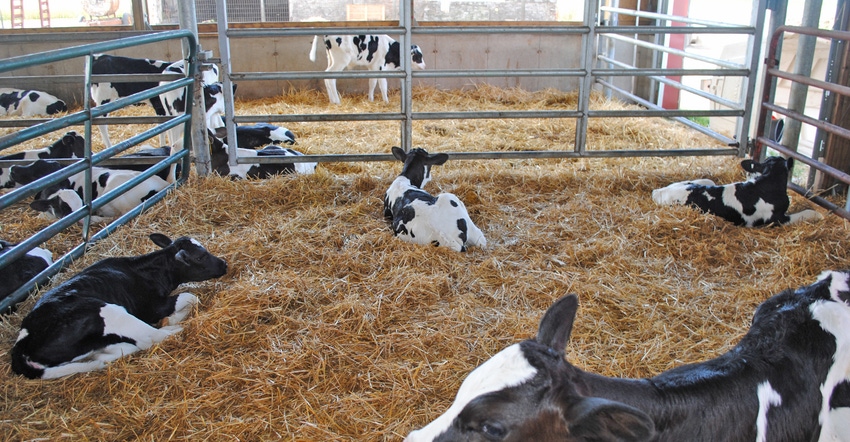March 28, 2017

The veterinary feed directive has forever changed the process in which feed-grade antibiotics are obtained, purchased and used for livestock. The intricacies of the implementation of this regulation are still unfolding among veterinarians, farmers and feed distributors; however, access to antibiotics is critical for public health, essential for animal well-being and vital for livestock production.
Antibiotics have been proved, if used properly, to reduce or eliminate bacterial infections. Farmers use antibiotics to treat animal disease with the guidance of a valid veterinarian-client-patient relationship, which is established with a veterinarian who provides assistance in making animal health medical judgments.
Over the course of last year, during the VFD transition period, dairy farmers have taken time to consider the ramifications of this regulation. For some, it has had little effect on their animal health management practices. But for others, it influences their ability to successfully manage animal health in their herd, especially calves.
According to data from the 2014 USDA dairy survey, 37.6% of operations fed animals medicated milk replacer. Depending on the specific medication in the milk replacer, it might fall under further regulation because of the VFD.
Regardless of where a farm falls on the spectrum of feed-grade antibiotics usage, now might be a good time to evaluate farm protocols. Protocols for some animal diseases, especially related to calf health, do not warrant the use of antibiotics, especially if the disease-causing organism is not bacterial.
Healthy calves
Raising healthy calves hinges on the ability to successfully decrease the exposure to disease-causing pathogens and assist the development of a strong immune system. The ability for farms to accomplish this balance may differ due to management practices and farm-specific pathogens.
Areas to consider when assessing calf management protocols include:
• Calving environment. Calves should be born in a clean area with limited contact with sick adult animals. Removing calves as soon as possible from the dam and the calving area will limit prolonged exposure to disease-causing organisms.
• Newborn processing. Navel dipping will help reduce infection of the umbilicus. Using equipment that has been properly cleaned and disinfected between calves will lessen the chance of disease transfer and help maintain farm biosecurity.
• Vaccination. Strategically using appropriate vaccinations for farm-specific diseases will help calves fight disease by strengthening their immune response. Herd veterinarians can help develop a vaccination program tailored to your herd.
• Colostrum. Provide a proper amount of high-quality, clean colostrum to newborn calves in a timely manner to increase their efficiency of immunoglobulin absorption (passive transfer), which has been proved to lead to increased resistance to disease transfer and lower mortality. Dr. Sheila McGuirk, University of Wisconsin School of Veterinary Medicine, recommends feeding colostrum by four hours of life at a rate of 3 quarts for breeds such as Jersey, Guernsey and Ayrshire, and 4 quarts by four hours of life for Holstein and Brown Swiss.
• Cleaning. Properly cleaning all equipment and housing can reduce the pathogen load and assist in stopping the disease cycle.
• Early identification of sick calves. Develop a method to determine sickness in calves. The UW School of Veterinary Medicine developed a calf health scoring chart that provides an easy way to numerically score calves using specific parameters. This chart is also available as a downloadable app.
• Disease-specific definitions and treatment. Know when to treat an animal, and provide clear written directions that have been developed with your employee(s) and veterinarian.
A delicate balance exists between disease and health in a calf’s life. Antibiotics are a useful animal health tool for any farm operation if used appropriately.
Calf health depends on many factors, several of which we cannot control. However, we should look to the basics of calf care and calf health management protocols to capitalize on the things we can control for successful calf health.
Mills-Lloyd is a veterinarian and the UW Extension ag agent specializing in dairy and livestock for Marinette and Oconto counties. This column is provided by the University of Wisconsin Extension Dairy Team.
About the Author(s)
You May Also Like




